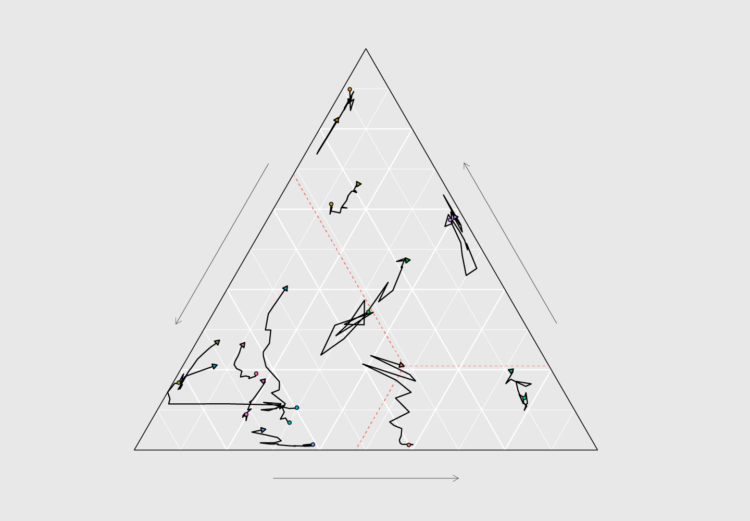
It groups a number of graphical methods to visualise the data and reveal patterns of similarityĪnd differences between samples and variables. Prior knowledge about the geological setting ( Tukey, 1977 DuToit et al., 1986 Kenkel, 2006 MartinezĮt al., 2017). The term ‘exploratory’ means that these techniques allow the user to explore the data independent of any Using a number of short tutorials, this paper will introduce several simple but effective exploratory dataĪnalysis techniques that can help to make geological sense of ‘Big Data’ in a sedimentary provenance context. Multiple samples are compared to each other, or when multiple provenance proxies are applied to multiple Different levels of statistical complexity arise when These propertiesĬan then be used to group samples of similar affinity, and thereby trace the flow of sediment throughĪ sediment routing system (e.g., Morton, 1991 Weltje and von Eynatten, 2004 Gerdes and 1 IntroductionĪt its most basic level, sedimentary provenance analysis identifies the mineralogical, chemical or isotopicĬomposition of individual grains, or assemblages of multiple grains in siliclastic sediment. It illustrates the theoretical underpinnings of compositional data analysis, PCA, MDS and other concepts using toy examples, before applying these methods to real datasets with the provenance package. This paper presents a set of tutorials using the statistical programming language R. Generalising the method to three-way dissimilarity tables provides an opportunity to combine several multi-method datasets together and thereby facilitate the interpretation of ‘Big Data’. Thus, MDS provides a common platform to visualise and interpret all types of provenance data. For point-counting data, classical MDS analysis of chi-square distances is shown to be equivalent to Correspondence Analysis (CA). The resulting MDS configurations can be augmented with compositional information as biplots. For compositional data, classical MDS analysis of logratio data is shown to be equivalent to Principal Component Analysis (PCA). Multidimensional Scaling (MDS) is a generally applicable method that displays the salient dissimilarities and differences between multiple samples as a configuration of points in which similar samples plot close together and dissimilar samples plot far apart. This paper reviews a number of multivariate ordination techniques to aid the interpretation of such studies. But this no longer works for larger and more complex datasets. Finally, distributional data can be compared using the Kolmogorov-Smirnov and related statistics.įor small datasets using a single provenance proxy, data interpretation can sometimes be done by visual inspection of ternary diagrams or age spectra. Point-counting data may be compared using the chi-square distance, which deals better with missing components (zero values) than the logratio distance does. For compositional data, this is best done using a logratio distance.

Central to any such treatment is the ability to quantify the ‘dissimilarity’ between two samples. Each of these three data types requires separate statistical treatment.


These define three distinct data types: (1) compositional data such as chemical concentrations (2) point-counting data such as heavy mineral compositions and (3) distributional data such as zircon U-Pb age spectra. The provenance of siliclastic sediment may be traced using a wide variety of chemical, mineralogical and isotopic proxies.


 0 kommentar(er)
0 kommentar(er)
